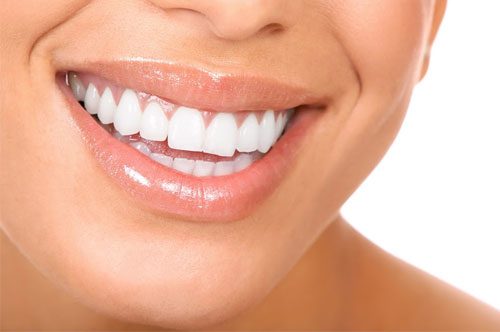Perhaps you saw a recent article about the value of dental floss. Several weeks ago, the article was circulating social media and even news sites like CNN and the Associated Press. The article, which was generated by the Associated Press, poked some holes in the long-held belief that dental floss can reduce your risk of cavities and gum disease.
Anytime there is an article about dentistry, it immediately grabs my attention. In this case, I noticed that the article had more to do with the studies behind floss than anything. According to the article, organizations like the American Dental Association had not properly studied the health benefits of flossing before endorsing it. So, there apparently is a lack of clinical studies about the long-term effects of floss, but does that mean you should toss your dental floss in the trash?
Please, no! There is no doubt that flossing your teeth removes plaque and bacteria. And we know that plaque and bacteria can cause problems like tooth decay and gum disease. The problem is that gum disease can take years to develop, so it’s harder for pinpoint the exact cause or preventive measures.
My advice to patients — and for you — is to continue flossing your teeth. Below I have listed a few things about dental floss and gum disease that you may have not known.
Gum disease is the leading gum of tooth loss. Tooth decay and dental trauma don’t hold a candle to the dangers of gum disease. It claims more teeth than anything. The reason is that gum disease can quickly spread throughout the mouth. If left untreated, gum disease can create a pocket between the tooth and gum and even destroy the bone. This is exactly what causes many teeth to fail.
Gum disease is an overall health issue. Do you think what happens in your mouth doesn’t affect the rest of your body? Think again. We know that gum disease can cause tooth loss, or even total tooth loss in some cases. Obviously, without your natural teeth, you cannot get the nutrition that you need. Additionally, gum disease can be connected to serious health issues like heart disease and diabetes.
A good portion of your tooth is below the gum line. About 35 percent of your tooth is below the gum line. Brushing can clean about 65 percent of the tooth, so what tool can help with the other 35 percent? It’s floss. Yes, floss is still the best way to remove food debris, plaque, and bacteria from below the gum line and between the tooth. Think about this number the next time you want to skip flossing your teeth.
Gum disease is not curable. This is a scary fact, but you need to understand it. While the earliest stages of gum disease — gingivitis — are curable, full-blown gum disease is not curable. Patients with gum disease will need maintenance and treatment for the rest of their lives. If you have gum disease, we recommend that you seek oral professional care about once every three to four months.
Our office is skilled in treating patients with gum disease, or helping those patients who have not been to the dentists in a few years. We use PerioProtect — a home-care system for patients — to help reduce the bacteria levels that cause gum disease. We can also use gentle root planing and scaling to remove tartar and plaque that’s attacking your gums.
It’s an unfortunate truth that most people will deal with gum issues in their lifetime. But fortunately for all of us, we have new and modern ways to give you comprehensive and comfortable care. While the debate on floss has been reopened, there is no debate that gum disease can destroy your mouth and your health.
If you have common signs of gum disease — bleeding, swelling, tenderness, bad breath — don’t hesitate to call our office at 248-329-3552 to schedule an appointment.
Visit Highland Advanced Dental Care
We can see you as soon as tomorrow!





